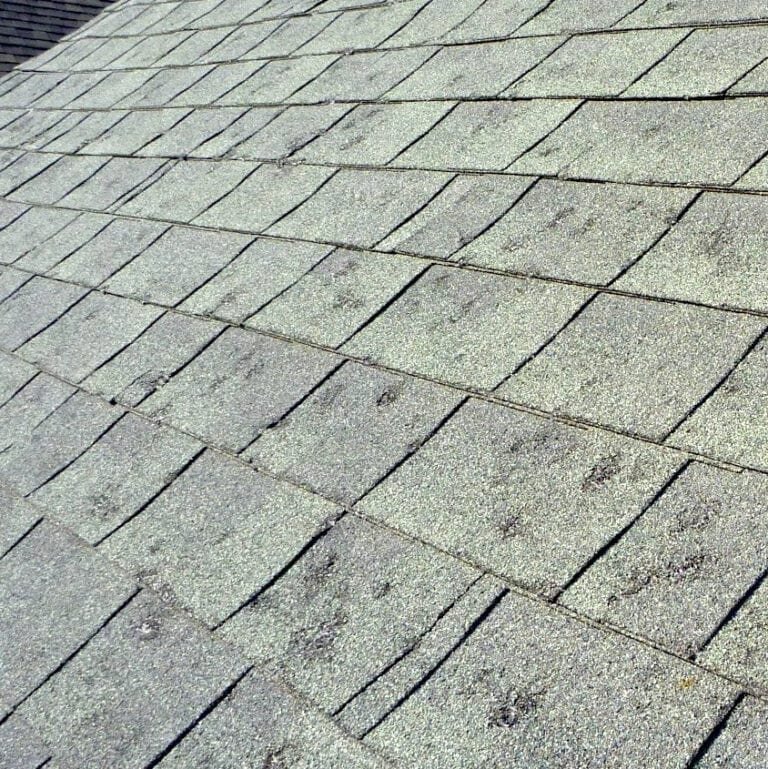What Insurance Considers When Covering Hail Damage: A Comprehensive Guide
When it comes to assessing hail damage for insurance coverage, several factors come into play. Insurance companies typically look for visible signs of damage, such as dents, cracks, and granule loss on roofing materials. Additionally, they consider the extent of the damage and its impact on the structural integrity of the property. Let's delve deeper into what insurance companies look for and how they assess hail damage, particularly on asphalt shingles.
Assessing Hail Damage on Asphalt Shingles:
Hail can wreak havoc on asphalt shingles, compromising their protective layers and exposing the underlying structure to potential water damage. Here's a closer look at what hail does to asphalt shingles:
1. Granule Loss: Hail impact can dislodge granules from the surface of asphalt shingles, exposing the underlying asphalt substrate. Granule loss not only diminishes the aesthetic appeal of the roof but also reduces its protective capacity against UV radiation and moisture.
2. Cracks and Fractures: Hailstones can cause cracks and fractures in asphalt shingles, compromising their structural integrity. These cracks may be visible upon close inspection or may develop over time as the shingles deteriorate further.
3. Bruising and Indentations: Hail impact can leave behind bruising and indentations on asphalt shingles, indicating localized areas of damage. While these may not always be immediately apparent, they can weaken the shingles and make them more susceptible to water infiltration.
4. Loosening of Adhesive Seals: The force of hail impact can loosen the adhesive seals that bond asphalt shingles together, leading to potential uplift and displacement. This can compromise the overall stability of the roof and increase the risk of shingle blow-off during high winds.
Identifying Collateral Damage:
In addition to assessing damage to roofing materials, insurance adjusters also look for collateral damage that may indicate the severity of the hailstorm and its impact on other components of the property. Common areas to inspect for collateral damage include:
1. Downspouts and Gutters: Hailstones can dent or deform downspouts and gutters, hindering proper drainage and increasing the risk of water pooling and overflow. Inspecting these components for signs of damage is essential for ensuring effective water management and preventing water damage to the property's foundation and landscaping.
2. Window Wraps and Siding: Hail impact can cause dents, cracks, or chipping on window wraps and siding materials, compromising their aesthetic appeal and structural integrity. Identifying and addressing damage to these exterior components is crucial for maintaining the overall appearance and functionality of the property.
Understanding what insurance looks for when covering hail damage, particularly on asphalt shingles, is essential for homeowners seeking coverage for roof repairs or replacements. By recognizing the effects of hail on roofing materials and collateral components, homeowners can ensure thorough inspections and accurate assessments of damage, ultimately facilitating the claims process and restoring the integrity of their properties.
